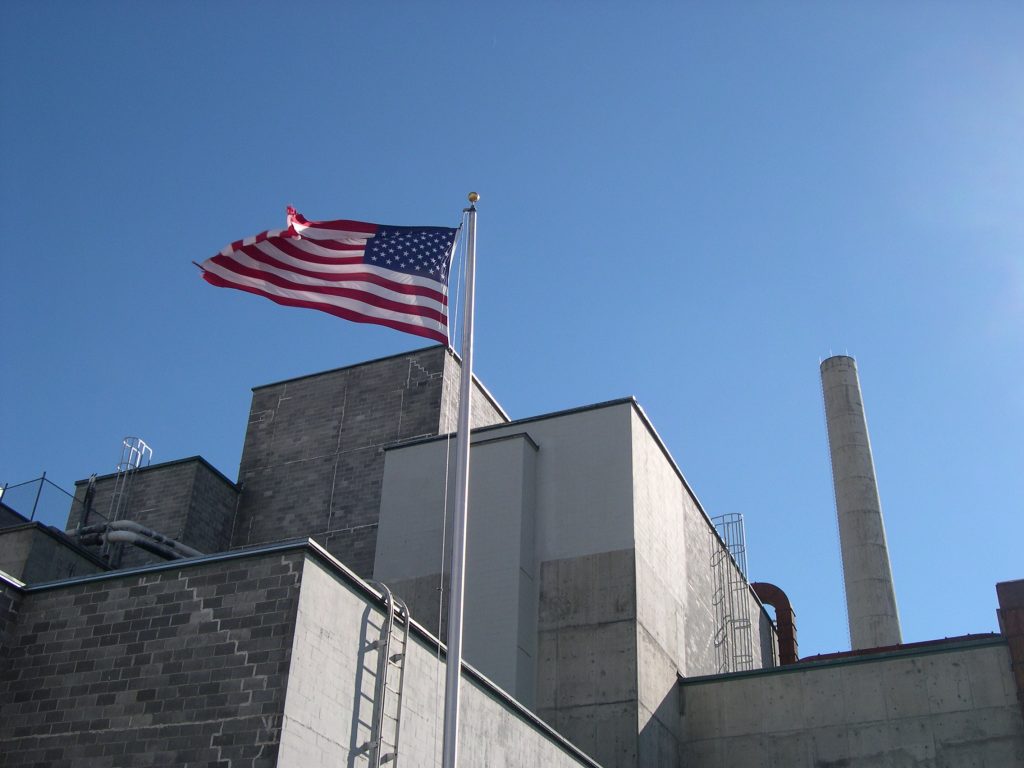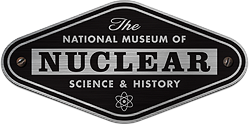George Graves was a technical advisor at Hanford, and so famous there that he inspired a poem: "We'd called up a tight design/ Hewn strictly to the longhairs' line./ To us, it looked almighty fine/ -A honey, we'd insist./ But Old Marse George, with baleful glare/ And with a roar that shook the air,/ Cried, 'Dammit, give it stuff to spare -/ The longhairs may have missed.'" This doggerel by Du Pont engineer Charlie Wende referred to Graves' critical role in the decision to add more uranium-bearing tubes to the Hanford reactor design, done at the urging of physicist John Wheeler. This decision saved the day when the xenon poisoning incident stopped the first reactor from operating. Wheeler has called Graves "the hero of the story," a man who asked him questions like, "What in the hell are fission products." Once Graves became knowledgeable he insisted on a margin of error even though the decision took courage and was costly. At Du Pont, in the old days, they called him "the bearded one."
George Graves
Technical AdvisorHanford, WA
Manhattan Project Veteran
 Listen to George Graves’s Oral History on Voices of the Manhattan Project
Listen to George Graves’s Oral History on Voices of the Manhattan Project




